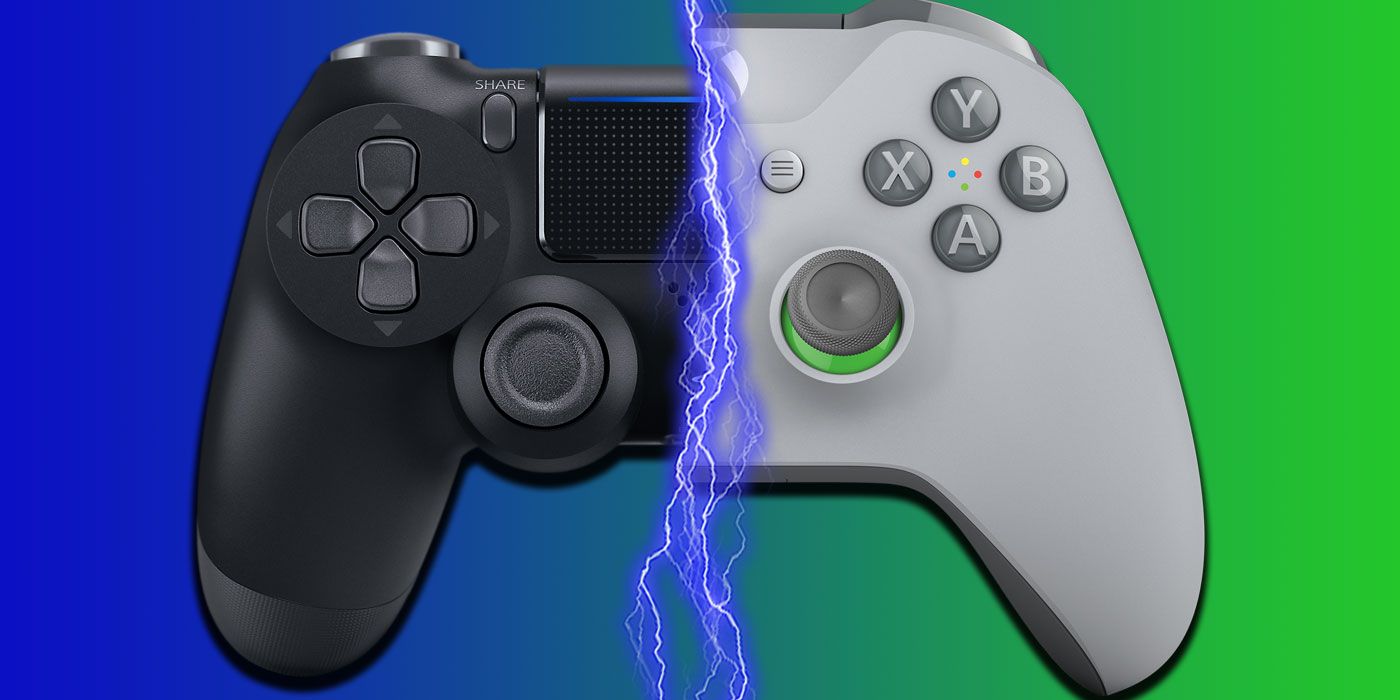Now that the PlayStation 5 and Xbox Series X console specs have both been revealed, comparisons are well underway, with fans from both sides already crowning their respective console the king of next-gen. In truth, both the PlayStation 5 and Series X have extremely close specs, and while the Series X does have higher raw power, the PlayStation 5 makes up for in speed.
While it's still too early to determine which console is "better," these numbers have caught fans' eyes, especially the hardcore techies. However, most gamers don't really understand the inner workings of consoles, simply seeing a larger number as better. While this isn't completely off, it's helpful to take a closer look at the PS5 and Series X's specs to understand what all of this information actually means.
Comparing the CPUs
The CPU basically acts like the heart of the console, keeping up a steady rhythm of data pumping through it. When running smoothly, the CPU has no problem running games. But if a game starts using up more and more of the CPU, game performance as a whole begins to suffer.
The PS5's CPU clocks in at 8x Zen 2 Cores at 3.5GHz (variable frequency), while the Series X has 8x Cores @ 3.8 GHz Custom Zen 2 CPU. Variable frequency means that the component in question will not be designed to hold the specs at all times. What this means is that the speed at which the hardware runs will vary based on specific component demand. This allows for, in the case of the PS5, the CPU and GPU to support each other by off-loading unused power to the part that needs it.
Due to the PS5's variable frequency in the CPU, the Series X will run better than the PS5 in terms of raw computing power. If the PS5's CPU starts to strain itself, audio issues, game physics breaking and in-game lag could occur. While the PS5's CPU does have variable frequency and the CPU can bolster itself, as more games come out for the next generation that require more overall CPU and GPU power, the PS5's CPU may not be able to handle the increased power requirements.
Taking a Look at the Graphics
GPU stands for graphics processing unit, and this component in consoles that handles all graphics on-screen. The more powerful the GPU, the higher resolution and frame rate a console can handle. As the GPU is taxed more and more, graphics and textures will drop in quality and frame rates will slow down.
The GPUs are 10.28 TFLOPs, 36 CUs at 2.23GHz (variable frequency) for the PS5 and 12 TFLOPS, 52 CUs @ 1.825 GHz for the Series X. Once again, both consoles have very similar GPUs, but the Series X squeezes ahead with just a little more raw power. The PS5's GPU, like its CPU, has variable frequency so when pushed to the GPU's limit, the frame rate drops and players can expect lower resolution graphics. The Ps5's CPU can assist the GPU if a little more power is needed, but, again, as the next-gen games start to come in, the PS5's GPU will likely lag behind the Series X. In a head-to-head competition on release, the PS5 will simply be less powerful than the Series X.
System Speed
Solid-state drives will be introduced to consoles for the first time. One of the most obvious benefits of SSDs is that gamers will notice a significant reduction in load times. Loading screens may become a relic of previous generations, as the speed of next-gen consoles becomes exponentially faster than their predecessors.
Working in tandem with solid-state drives is the I/O Throughput of each console. While a very technical term, I/O Throughout essentially measures how quickly data can be loaded from the solid-state drives on each console. The value to look for here is the compressed speed, as this number reflects how the console will handle compressed data, which is how most video game data is formatted.
The PS5 has a solid 5.5GB/s (Raw), Typical 8-9GB/s (Compressed), and the Series X has 2.4 GB/s (Raw), 4.8 GB/s (Compressed, with custom hardware decompression block). The PS5 will be able to load 8-9 GBs per second from the solid-state drive, while the Series X can pull 4.8 GBs per second from the solid-state drive. So while the Series X comes with more storage space, the PS5 will be able to load data from its solid-state drive at nearly twice the speed.
Both the PS5 and Series X promise a revolutionary experience when it comes to console gaming. The solid-state drives promises incredibly fast loading times, and the raw power of each console's CPUs and GPUs promise a level of gameplay unheard of on consoles. While the Series X has the potential for more raw power and the PS5 more speed, both consoles will be incredibly powerful and a huge leap from current-gen.




